Surfing is more than a sport or leisure activity; it’s a passion, lifestyle choice and connection with nature that many find profoundly fulfilling.
At the center of this thrilling interaction between surfer and wave lies the surfboard: an instrument which has undergone incredible development over centuries.
Surfboard tail shapes are essential components of its design and are often underestimated by beginners. Their impact can have significant consequences on how a board performs in water environments.
This comprehensive guide explores all of the intricacies surrounding surfboard tail shapes, explaining their variations, benefits, and which waves they are most suitable for.
Contrary to popular belief, designing a surfboard involves much more than mere aesthetics. The shape, size and tail design all play key roles in determining its speed, maneuverability, hold and overall performance in various waves conditions.
While most surfboard tail shapes can perform admirably across an array of conditions, certain designs can be optimized for particular wave types allowing surfers to customize their boards according to their preferred surfing style.
David was drawn to down-the-line speed surfing, while high performance surfing with sharp turns and seamless transitions was his style of choice. Understanding surfboard tail shapes will provide a significant upgrade in your surfing experience.
Contents
- 1 The Humble Beginnings
- 2 The Evolution of Tail Shapes
- 3 Surfboard Tail Shapes for Beginners (Beginner Surfboards).
- 4 Conclusion:
- 5 FAQs
- 5.1 1. Why are surfboard tail shapes significant?
- 5.2 2. Which tail shape should be utilized when riding large waves?
- 5.3 3. Can one surfboard tail shape accommodate all kinds of waves?
- 5.4 4. What distinguishes the swallow tail from other tail shapes?
- 5.5 5. Are rounded pintails suitable for beginners?
- 5.6 6. Professional surfers tend to favor which tail shape over another?
The Humble Beginnings
Surfing’s humble beginnings can be traced back to ancient Polynesia, where its first surfboards were simple rectangular pieces of wood. Over time these rudimentary designs gradually improved due to experience, fluid dynamics knowledge, and an intimate understanding of ocean waves and tides.
Today’s surfboards come in all kinds of shapes and sizes to meet the diverse needs of surfers as well as conditions encountered when riding waves.
The Evolution of Tail Shapes
Surfboard tail shapes have evolved significantly over time, branching off into various designs to offer unique benefits.
Though there may be variations, six primary tail shapes predominate on modern surfboards: pintail, rounded pintail, round tail, squash (or rounded square) tail, swallow tail and square tail.
Each tail shape design impacts a board’s performance differently, impacting its speed, control, and maneuverability in specific ways.
Surfboard Tail Shapes for Beginners (Beginner Surfboards).
Pintail
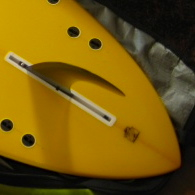
Pintail surfboards are perfect for controlling speed in large, powerful waves with their pintail shape’s reduced surface area at the tail, which minimizes lift while maintaining direction and momentum – an essential feature for surfing in locations renowned for having powerful waves.
Rounded Pintail
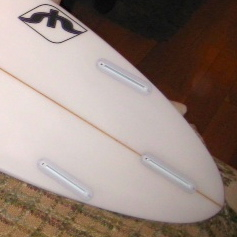
The rounded pintail provides greater versatility without compromising control and speed in large waves. Its smoother bottom enables it to perform in various surf conditions.
Round Tail
A round tail shape provides a wider, more circular edge to increase maneuverability and versatility. This shape excels in steeper waves where its lifting power offers optimal control without overshadowing its handling capabilities.
Squash Tail or Rounded Square Tail
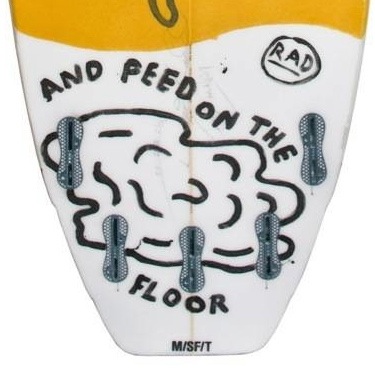
Squash tail designs have long been the go-to solution for modern performance surfing, offering improved turn management while still maintaining speed. Professional surfers appreciate this tail shape’s adaptability to different wave conditions and conditions.
Square Tail
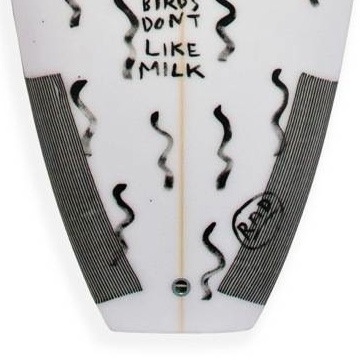
Less common than other shapes, the square tail is composed of sharp corners that provide precise pivot points – perfect for tight turns and maneuvers. While not as versatile as other designs, it shines under certain circumstances such as airs.
Swallow Tail
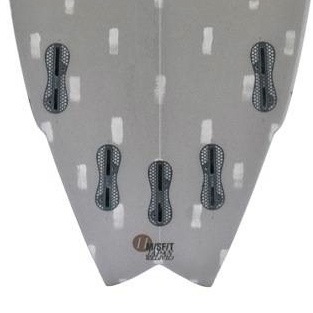
The swallow tail design combines increased surface area with an eye-catching cutout, offering enhanced control and maneuverability. This flexible solution works for surfboards of all shapes and sizes; accommodating both small and large waves effectively.
Conclusion:
Selecting a surfboard with an appropriate tail shape can have a dramatic impact on your surfing experience. When shopping, keep in mind the types of waves you plan to ride the most often when making your choice.
Understanding each tail shape’s advantages in various wave conditions will enable you to select a board that best meets your surfing style and goals.
Next time you visit a surf shop or browse online, take note of all of the available tail shapes. Whether your surf goals include riding giant waves in faraway spots or perfecting turns in local surf, there’s sure to be one designed specifically to enhance your performance on the water.
Remember, selecting the appropriate board can make all the difference between an enjoyable surfing session and one that stands out.
FAQs
1. Why are surfboard tail shapes significant?
Tail shapes have a profound effect on a surfboard’s performance, altering its speed, maneuverability, hold and response in different wave conditions. Each tail shape offers specific advantages; making some better-suited to certain styles or wave types than others.
2. Which tail shape should be utilized when riding large waves?
Pintail boards are often considered the ideal choice for large waves. Their design provides superior control and hold, helping surfers maintain speed and direction during difficult conditions. Furthermore, pintails minimize tail lift which is crucial when traversing large waves.
3. Can one surfboard tail shape accommodate all kinds of waves?
No single tail shape can suit every situation perfectly; however, certain designs provide greater versatility. Surfers often turn to the squash tail or rounded square tail due to its exceptional performance on different wave types and its ability to offer speed, maneuverability, and control in equal measures.
4. What distinguishes the swallow tail from other tail shapes?
The swallowtail surfboard stands out with its increased surface area and distinct cutout, which enhances control and maneuverability. This shape offers more bite in turns while being suitable for waves both large and small.
5. Are rounded pintails suitable for beginners?
The rounded pintail is more versatile than its pintail counterpart, making it suitable for surfers who encounter waves of various sizes. However, beginners may find wider-tailed shapes like squash tail more forgiving and stable in smaller waves.
6. Professional surfers tend to favor which tail shape over another?
Professional surfers frequently opt for the squash tail or rounded square tail due to its versatility and performance across a wide variety of wave conditions. This shape offers quick turns while maintaining speed – ideal for competitive surfing and high-performance maneuvers.








